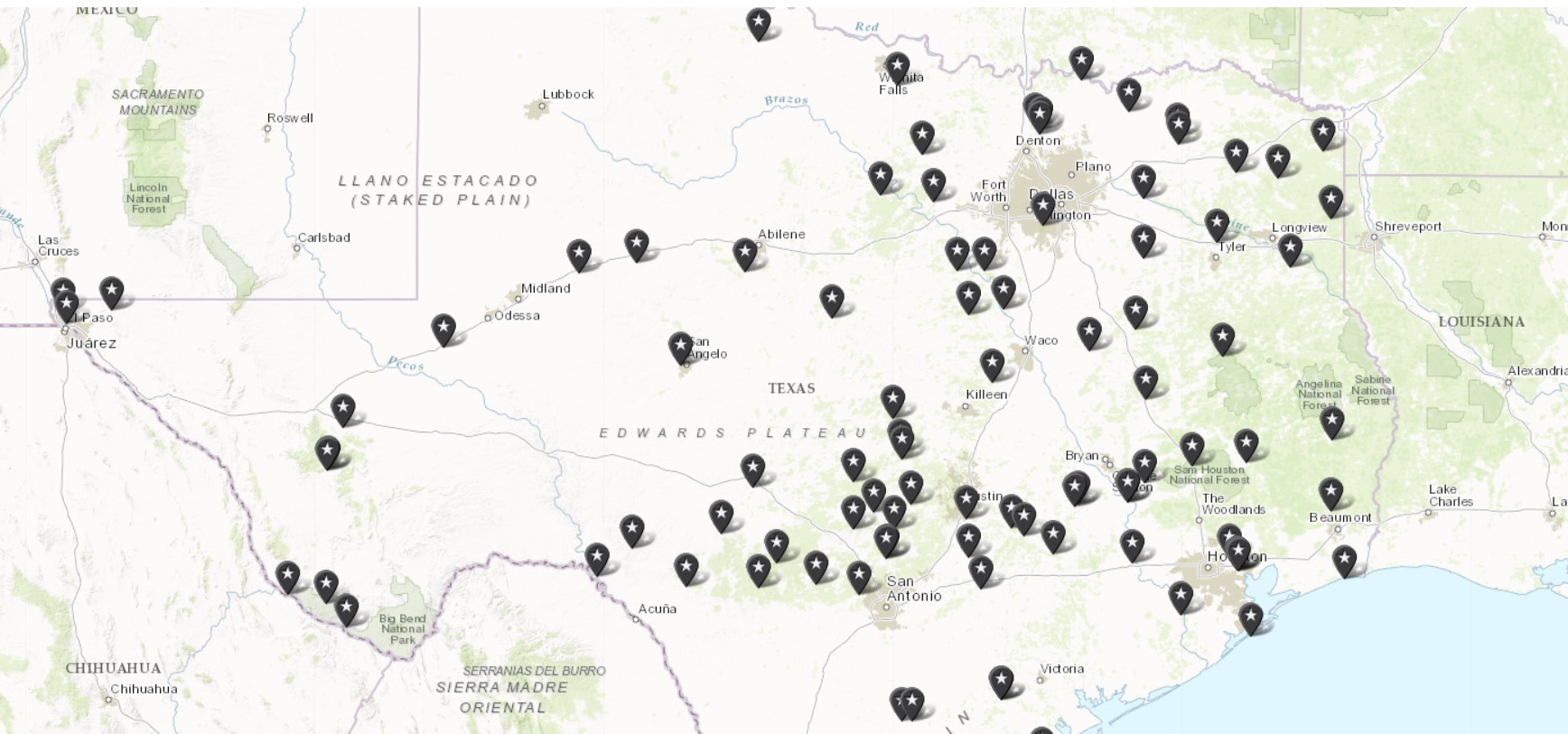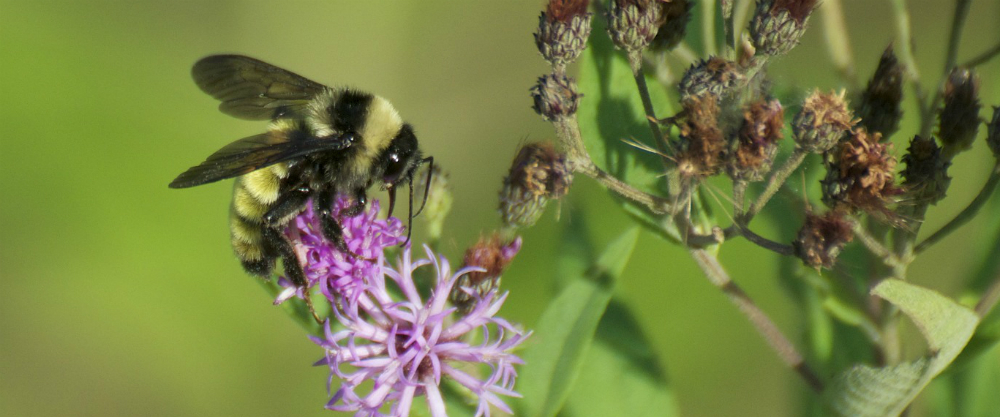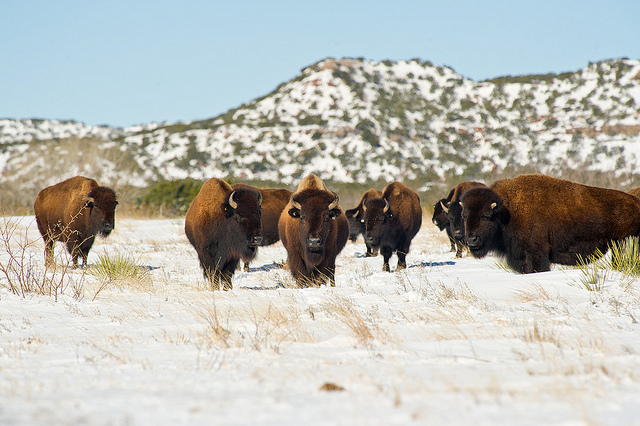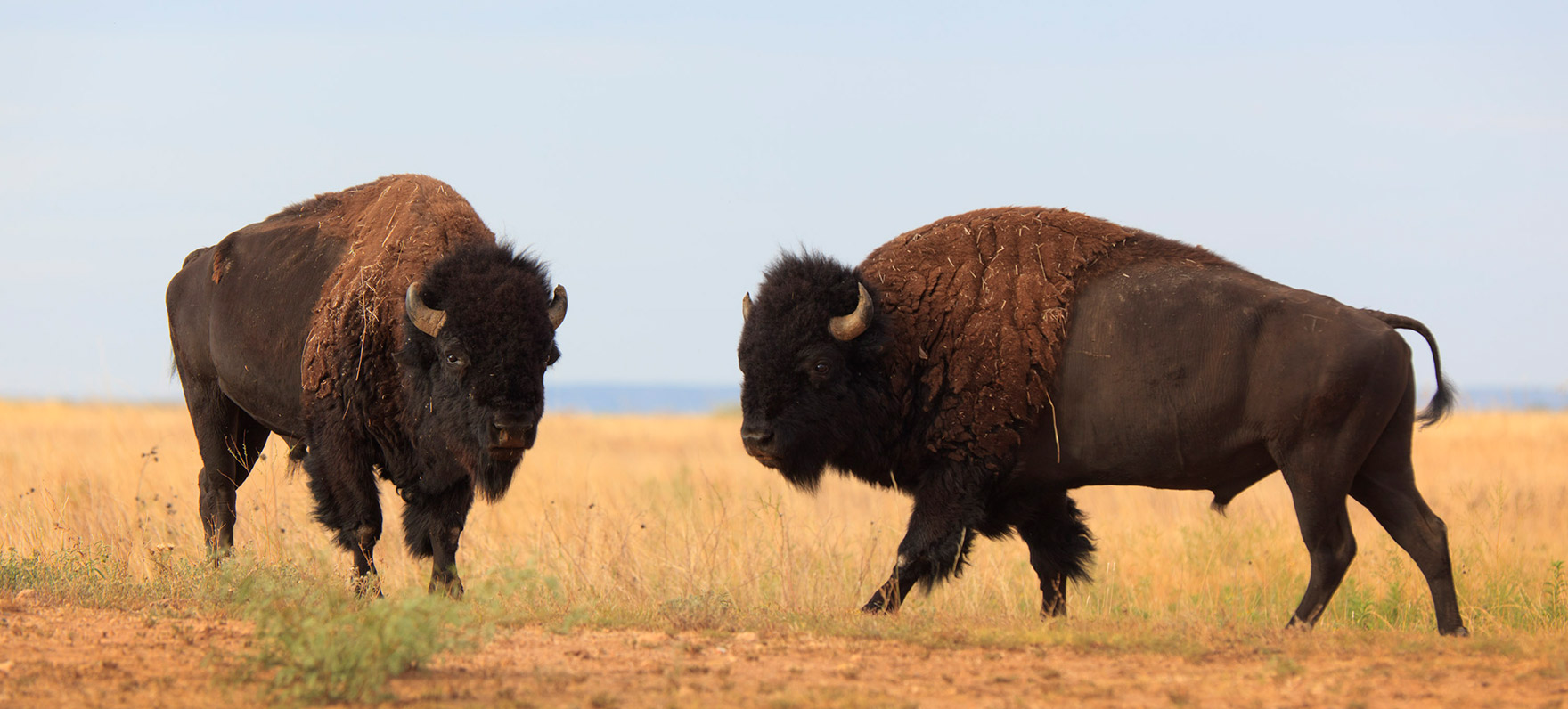Less Crowded State Park Gems
Monday, July 17th, 2017This is Passport to Texas
With an increase in state park visitation by more than half a million over the past four years, parks stay pretty busy.
Some, too busy. In fact, the more popular parks in the system, such as Enchanted Rock, Garner, and Pedernales often close their gates early due to maximum visitor capacity.
To get around the crowds, try visiting during non-peak hours. Usually during the week. Check each park’s social media for the latest closure updates.
Of course, if you’re already there, instead of waiting in line for the gates to reopen, visitors are encouraged to consider the nearby alternatives to their favorite Texas state parks.
For example, if you find yourself on the wrong side of the gate at Garner State Park:
Lost Maples State Natural Area,
Hill Country State Natural Area, and
Kickapoo Cavern State Park are three sites located within an hour of Garner.
And, just south of Enchanted Rock State Natural Area and Pedernales Falls State Park lie four hidden gems waiting to be discovered:
Lyndon B. Johnson State Park and Historic Site,
Blanco State Park, and
Find a map of all Texas State Parks at texasstateparks.org, or download the Texas State Parks Mobile App, from iTunes or Google Play.
That’s our show for today… Funding provided in part by Ram Trucks. Guts. Glory. Ram
For Texas Parks and Wildlife, I’m Cecilia Nasti.







 Passport to Texas is a
Passport to Texas is a  Passport to Texas is made available by:
Passport to Texas is made available by: